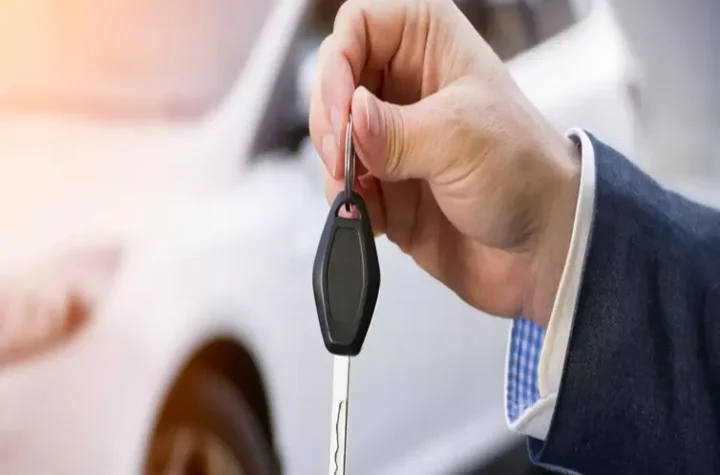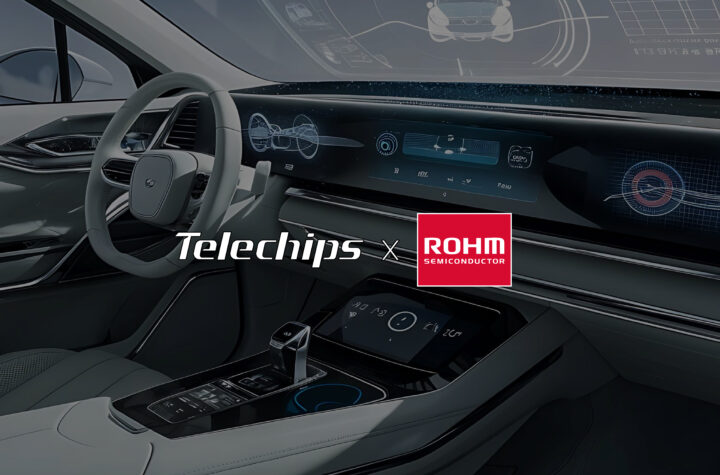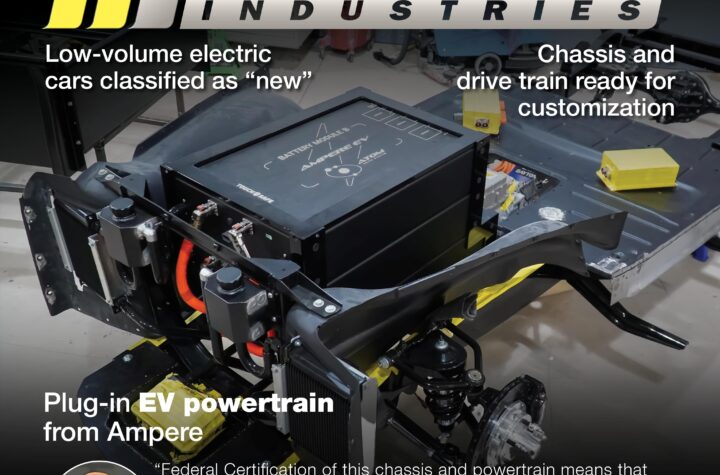
Additional contributors Steve Schneider, Automotive Commercial Manager; Daryl Way, Sales & Market Development Specialist; Scott Weber, Market Development – Automotive
With the increasingly innovative use of plastics, automotive interior designers are providing a growing variety of choices that appeal to the diverse wants and needs of todays customers. The color, appearance, cost effectiveness, and other properties of plastics are responsible for their continuing popularity as the material of choice for manufacturers and consumers.
The latest trends in the use of plastics as a key element in automotive interior design reflect the changing styles and attitudes of todays car-buying public. Different age and income groups, for example, tend to focus on different things when they purchase a car, and plastic materials are helping car makers to satisfy all their desires through versatility and cost efficiency.
Following is an overview of the most significant industry trends related to the use of plastics in auto interiors, as manufacturers and suppliers strive to reduce costs, improve quality, and enhance attractiveness.
Color
Over the past four to five years, customers and manufacturers have focused mostly on neutral colors for interiors, and this trend is not expected to change any time soon. Dark and rich colors are still being used, but to a lesser extent. Meanwhile, special additives are allowing greater use of colored plastics by reducing weight and improving processability.
One interesting development is that designers increasingly are making use of complementary colors, rather than identical colors, for adjacent parts within the vehicle, to avoid the problems that arise when trying to match the colors exactly. Achieving a precise color match for different resins is a very difficult task, and consumers frequently notice if a color is off by even a slight degree.
By incorporating different colors together in an overall design that works well, the challenge of matching colors for different parts and materials is eliminated. This has led to some imaginative combinations of light and dark colors for components such as molded parts and seats.
That said, another goal of manufacturers is to reduce costs by decreasing the total number of different colors used throughout the vehicle. As a result, while we may be seeing more examples of adjacent complementary colors on different components working together as part of a design, we may also notice that the same color scheme is being used to a greater extent all over the car.
In addition, a growing segment of car buyers, especially those in the 18-25 age group, are starting to prefer interior colors – for painted plastics and other materials – that more closely match the exterior color of the vehicle. These buyers are moving away from the traditional idea that an interior has to look like leather. They actually prefer the look of plastic.
A related trend, which has more visual than economic appeal, is the migration of chromatic colors into auto interiors. Customers like the attractiveness of chromatic colors, but the added costs of these materials tend to limit them to only higher-end models. Thus, we may see these types of colored plastics confined primarily to smaller pieces of trim, for example.
Appearance
Cost cutting and aesthetics are combining to drive the growing use of plastics to give parts the look and feel of other materials that are more expensive or more difficult to produce. For example, plastics can be designed to give the appearance of animal grains, to harmonize with the more traditional leather-based interior designs.
Durability and resistance to impact are additional benefits of plastic materials that can help preserve the appearance of a vehicles interior. Painted materials have always been vulnerable to scratches and marks that expose the different colored base material. Molded-in-color plastic eliminates that problem. For other materials, the trend is toward matching the substrate colorant with the outer surface so the colors will still look the same if the part gets scratched.
– Granite fiber – plastic materials as well as industrial-type grains give a clothlike appearance to the coverings on components such as interior pillars, right down to the – sewn – seam, which is really just part of the molded plastic. Dark and light fibers make these plastics look identical to cloth. They can provide an attractive and cost-effective solution to bring a higher-end appearance to lower-end models.
The wood grain look also is gaining popularity, especially in retro-style vehicles. In-mold laminates can give plastics an appearance that is similar to natural wood grains. Again, this can provide a cost-effective and attractive solution for lower-end vehicles.
Plastics providers also are working closely with molders to develop silver-colored parts that look like aluminum but are more cost-effective than parts made of metal.
Economy
The economic benefits of the growing use of plastics and plastic additives are evident in such characteristics as improved processability, reduced part weight, and recyclability. The low cost and light weight of polypropylene, for example, makes it the perfect material for larger interior components.
Molded-in-color and layered products can replace more costly, time-consuming and environmentally hazardous painting processes. Additives can help reduce weights, improve production cycle times, and cut overall material costs. Recyclability enables manufacturers to easily regrind defective or substandard parts into new parts to save on waste and scrap.
The use of color concentrates provides additional economic benefits because they allow companies to purchase resin in bulk and then add whichever color concentrate they need. Domestic manufacturers are leading the trend toward greater use of color concentrates as non-domestic OEMs tend to be slower to move away from traditional methods.
While all plastics have risen in cost during the recent short term due to the rising prices of petroleum-based raw materials, plastic providers are responding by sourcing more of their production in lower-cost regions such as Asia. Looking at the broader, long-term picture, plastics will continue to present cost-effective and attractive solutions compared with alternative materials, as new and innovative applications continue to surface for the use of plastics in automotive interiors and elsewhere throughout the vehicle.















More Stories
How to Choose the Best Mobile Car Locksmith in Las Vegas
Ensuring Accuracy and Accountability With AI-Powered Time Tracking Software
The Relationship between Defective Airbags and Car Accidents